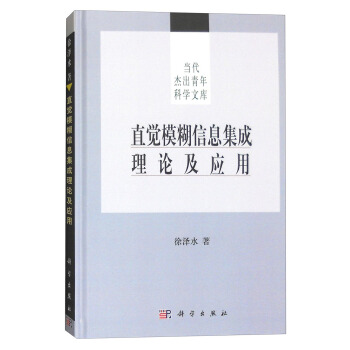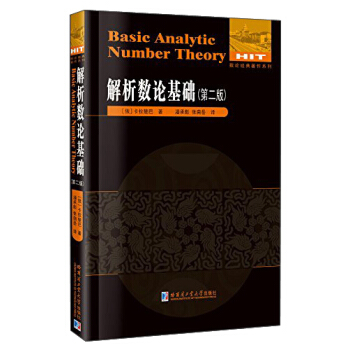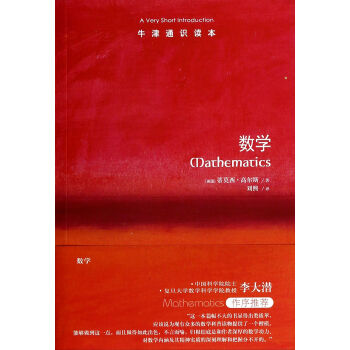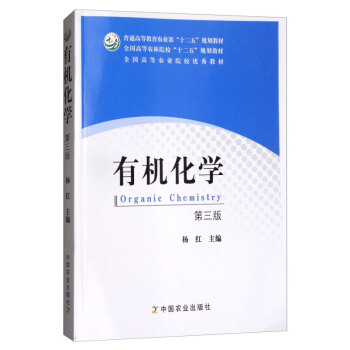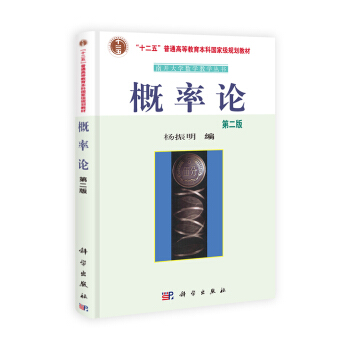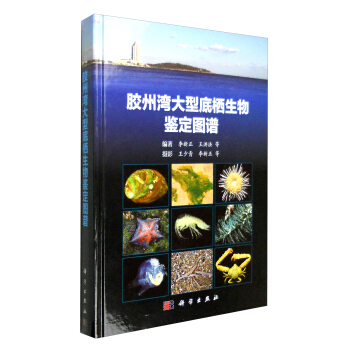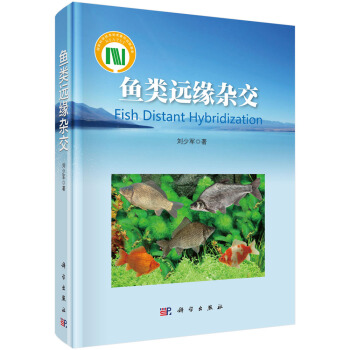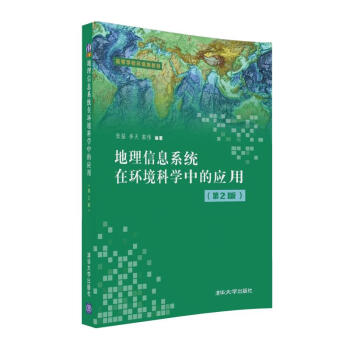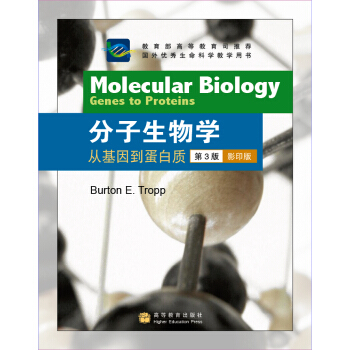

具体描述
内容简介
《分子生物学:从基因到蛋白质(第3版)(影印版)》前两版书名是《分子生物学》,分别在1983年和1987年出版,由先后在Brandeis大学和加州大学圣地亚哥分校教授生物化学和分子生物学课程的DavidFreifelder教授编写并修订的。目录
PrefaceCHAPTER 1 Introduction to Molecular Biology
SECTION 1 Protein Structure and Function
CHAPTER 2 Protein Structure
CHAPTER 3 Protein Function
SECTION 2 Nucleic Acids and Nucleoproteins
CHAPTER 4 Deoxyribonucleic Acid Structure
CHAPTER 5 Nucleic Acid Technology
CHAPTER 6 Chromosome Structure
SECTION 3 Genetics and Virology
CHAPTER 7 Genetic Analysis in Molecular Biology
CHAPTER 8 Viruses in Molecular Biology
SECTION 4 DNA Metabolism
CHAPTER 9 DNA Replication
CHAPTER 10 DNA Damage and Repair
CHAPTER 11 Recombination
CHAPTER 12 Transposons and Other Mobile Elements
SECTION 5 RNA Synthesis and Processing
CHAPTER 13 Bacterial RNA Polymerase
CHAPTER 14 Regulation of Bacterial Gene Transcription
CHAPTER 15 RNA Polymerase Ⅱ: Basal Transcription
CHAPTER 16 RNA Polymerase Ⅱ: Regulation
CHAPTER 17 RNA Polymerase Ⅱ: Cotranscriptional and Posttranscriptional Processes
CHAPTER 18 Ribosomal RNA, Transfer RNA, and Organellar RNA Synthesis
SECTION 6 Protein Synthesis
CHAPTER 19 Protein Synthesis: The Genetic Code
CHAPTER 20 Protein Synthesis: The Ribosome
Index
精彩书摘
These nucleases, which were called restriction endonudeasesbecause they blocked or restricted viral replication, act only on DNAwith specific recognition sequences and only when the recognition sequences are not modified. Host DNA is protected because it has methylgroups attached to specific bases within the recognition sequence.Three major types of restrictionmodification systems have beenstudied (Table S.2). Type I restrictionmodification systems consist offive polypeptide subunits: two identical restriction endonuclease subunits (R), two identical modification subunits (M), and a specificitysubunit (S). If the sequence that is recognized by the specificity subunitdoes not have a methyl group, then one of two things will happen. Themodification subunits will methylate the sequence and the DNA willbe protected, or the restriction subunits will cleave the DNA at a nonspecific site, often I kb or more from the recognition sequence, and theDNA will be degraded. Type II restrictionmodification systems aremade of two independent enzymes, a homodimeric restriction endonuclease and a monomeric methyl transferase (methylase). Type 1I restrictionmodification enzymes recognize sequences that are 4 to 8 bp long.Type II methylases transfer methyl groups to bases within the recognition sequence and type II endonucleases cleave DNA within the recognition sequence. Type III restrictionmodification systems consist oftwo subunits, a modification subunit and a restriction subunit. Modification occurs within the recognition sequence but cleavage takesplace about 25 bp away from this site. The discussion that follows islimited to the type II endonucleases because they are the only one of thethree types that has been widely used to manipulate DNA.
前言/序言
在上个世纪,1953年DNA双螺旋结构的解析和1956年中心法则的成形宣告着分子生物学时代的到来。分子生物学凭其影响力的自然渗透和许多科学家几十年的辛勤耕耘成为生命科学的基石学科。52年后的今天,定义遗传物质流动方向的中心法则仍然是分子生物学的框架,即遗传物质通过DNA复制来实现传代,通过转录合成RNA,再通过翻译从mRNA合成蛋白质。当然,现代的分子生物学教材都会加入基因表达的调控和分子生物学方法的相关内容。另外,有许多分子生物学教材会以介绍生物活性大分子蛋ca质和核酸的结构为开胃菜,这两类大分子是所有分子生物学事件的主要执行者。《分子生物学——从基因到蛋白质》前两版书名是《分子生物学》,分别在1983年和1987年出版,由先后在Brandeis大学和加州大学圣地亚哥分校教授生物化学和分子生物学课程的DavidFreifelder教授编写并修订的。《分子生物学——从基因到蛋白质》第3版是由纽约城市大学皇后学院的BurtonE.Tropp教授编写的,具有以下4个主要特色:
1.基础性强。翔实全面
该书共包括六部分20章。第一到第三部分共8章是引导性基础知识:包括蛋白质的结构和功能;核酸结构、核酸技术和染色体结构;遗传分析及病毒对分子生物学的贡献和地位。第四到第六部分共12章是分子生物学的核心内容:包括DNA代谢(DNA复制,DNA损伤和修复,DNA重组和转座),RNA的合成和加工(细菌内的转录和基因表达调控,真核细胞内mRNA转录、调控和转录后加工,核糖体RNA、转运RNA和细胞器RNA的合成),以及蛋白质的合成(转运RNA和遗传密码,核糖体和翻译过程)。该书对所涉及内容的描述非常伞面翔实,并具有一定的前沿性,非常适用于初学者。
用户评价
从整个学习的反馈来看,这本书的配套资源似乎也经过了精心设计,虽然我主要关注纸质书本身,但光盘附带的那些额外材料,从我有限的预览来看,内容非常丰富。特别是那些交互式的三维模型和动画模拟,对于理解那些难以想象的纳米级别分子机器的运动过程,起到了决定性的作用。我记得有一次我对着书上关于核糖体工作的插图看了很久也有些混沌,结果点开光盘里的动画演示,一切豁然开朗。这种多媒体的辅助,极大地降低了学习曲线的陡峭程度。总的来说,这本书的价值远超一本普通的教科书范畴,它更像是一套完整的、经过深思熟虑的分子生物学学习解决方案,兼顾了深度、广度以及应用性,强烈推荐给任何想真正掌握这个学科的人。
评分我花了整整一个下午来研究这本书的实验设计和技术原理部分,说实话,很多其他教材在这里总是写得过于简化,或者直接就是一堆公式,让人望而生畏。但这本,它真的做到了“深入浅出”。它没有回避那些高深的数学和物理基础,反而用一种非常耐心的方式,把背后的原理掰开了揉碎了讲。例如,在介绍PCR技术时,它不仅详细描述了引物设计、退火温度的精确控制,还加入了“常见问题及解决方案”的小栏目,这对于动手能力要求极高的分子生物学实验来说,简直是救命稻草。我特别欣赏它对误差分析的重视,它提醒我们,科学研究的严谨性不仅在于成功,更在于对不确定性的准确评估。读完这部分内容,我感觉自己不只是学会了一个技术步骤,而是真正理解了为什么这个技术能奏效,以及在什么条件下它会失效。这种对细节的把控,让这本书的实用价值飙升,完全不是那种只停留在理论层面的空洞说教。
评分这本书的章节叙述风格变化非常丰富,让人感觉像是在听一位经验丰富、表达能力超强的大师讲课,而不是在啃枯燥的教科书。有时候,它的语言非常精炼,直击核心,像手术刀一样精准;但转换到介绍某个复杂代谢通路时,它的笔触又变得极其细腻和富有画面感,简直像一幅动态的油画。我发现自己常常会因为一个精妙的措辞或者一个巧妙的类比而停下来,回味好久。更难得的是,它在保持学术严谨性的同时,丝毫没有牺牲可读性。我过去尝试过好几本英文原版教材的影印版,很多都因为翻译腔过重而让人阅读起来十分费劲,但这本的排版和整体风格,似乎在很大程度上弥补了“影印”带来的疏离感。它成功地建立了一种与读者之间的“默契”,让你觉得作者就在你身边,随时准备为你答疑解惑,这种阅读体验,太难得了。
评分这本书的封面设计挺有意思的,那种深邃的蓝色背景上点缀着一些像是DNA双螺旋结构的光点,一下子就抓住了我的眼球。我拿到书的时候,首先被它厚实的质感和精良的印刷打动了。作为一本教材,内容的排版和图表的清晰度简直是教科书级别的典范。那些复杂的分子结构图,用色精准,线条流畅,即便是初学者也能快速抓住重点。我记得我最开始接触生物学时,很多概念都是死记硬背,但这本书里,它似乎有一套非常巧妙的逻辑,将看似孤立的知识点串联起来,形成一个宏大的体系。比如讲到基因表达调控时,它不仅仅是罗列出各种转录因子,而是用非常生动的比喻和流程图,让你仿佛亲眼目睹了细胞内正在发生的“会议”。而且,书里的案例分析部分,总能联系到最新的科研突破,这让阅读体验非常“鲜活”,而不是一本陈旧的参考书。光是翻阅目录,就能感受到编者在内容组织上的匠心独运,章节间的过渡自然且逻辑严密,完全没有那种生硬的“章节切换感”。
评分关于本书的知识更新速度,我必须点个赞。分子生物学领域日新月异,很多基础概念相对稳定,但应用技术和新发现层出不穷。这本书在介绍完经典理论后,总会有一个“前沿视角”或者“研究热点”的板块,这让我感觉自己紧跟时代脉搏。比如,它对CRISPR-Cas9系统的介绍,不仅仅是停留在基础剪切功能上,而是深入探讨了脱靶效应的修正和递送系统的优化,这些都是近几年才在顶级期刊上频繁出现的议题。这对于一个希望未来从事生物技术相关研究的学生来说,至关重要,因为它避免了我们学习一些已经过时或正在被取代的知识体系。阅读这本书,就像是站在一个高处,不仅能看清脚下的基础路径,还能望见远方即将铺就的科研新路,这种前瞻性是很多传统教材所欠缺的宝贵财富。
相关图书
本站所有内容均为互联网搜索引擎提供的公开搜索信息,本站不存储任何数据与内容,任何内容与数据均与本站无关,如有需要请联系相关搜索引擎包括但不限于百度,google,bing,sogou 等
© 2025 book.idnshop.cc All Rights Reserved. 静思书屋 版权所有


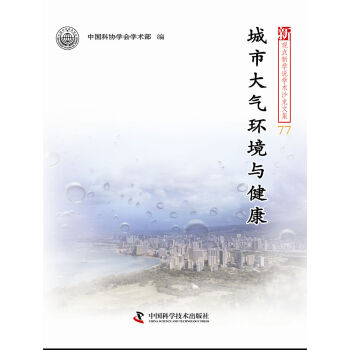
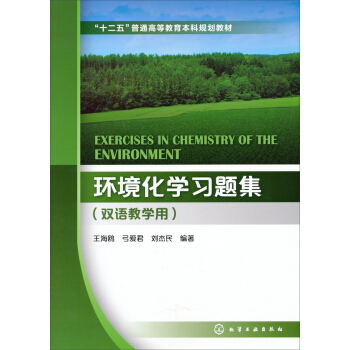

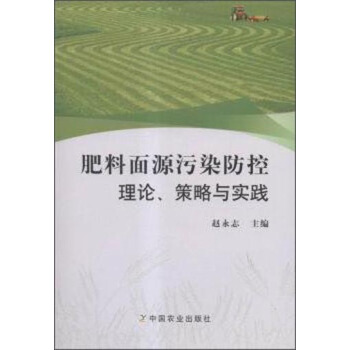
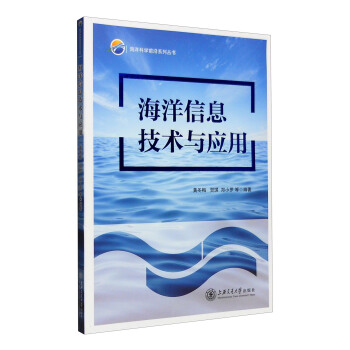

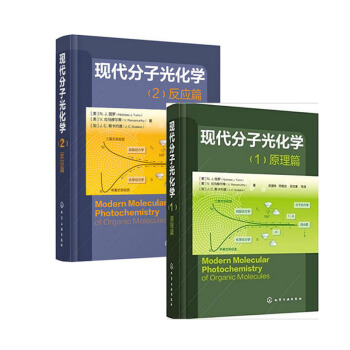
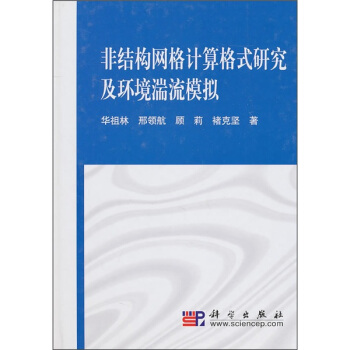
![时代教育·国外高校优秀教材精选:高分子科学与工程(英文版)(原书第2版) [Polymer Science and Technology] pdf epub mobi 电子书 下载](https://pic.tinynews.org/10490836/3f9b7e2f-6b29-4dd8-b7ac-b88be44c9d56.jpg)
